Austrian Desert Camouflage – Tarnanzug Beige
Introduction
In 2019 I wrote a special about Austrian Camouflage, in particular about Austria’s new camouflage system, the “Tarnanzug Neu” (I will refer to the pattern as TN17/20). In cooperation with the ministry of defense I had the opportunity to take a closer look at the new pattern and some of the uniform pieces. Overall, it has proven to be an effective all-around pattern for both temperate, urban and even alpine settings. When the TN 17/20 was introduced to the public, there were also announcements for desert as well as winter variants. Needless to say, I was curious and after some discussions with the Austrian MoD I was able to pick up a set of said desert variant, the “Tarnanzug Beige”.
But not only that… I also asked for the pixelated variant that was in service with UNIFIL forces up until now. So I am able to give you a side by side comparison and more background to both.
Background to the Tarnanzug Beige patterns
As some of you might know, the TN17/20 has its roots in the pixelated camouflage patterns, which were developed by the Austrian Bundesheer in cooperation with the Federal Higher Technical Institute for Education and Experimentation. Starting development in 2009 and being presented to the public in 2011, the pixelated camouflage pattern ended up being solely a project for Austrian Special Forces, the Jagdkommando. Three variants were available, a temperate variant named „Tarndruck Woodland“, a semi-arid variant named “Tarndruck SEK” and the desert variant named “Tarndruck Beige”.
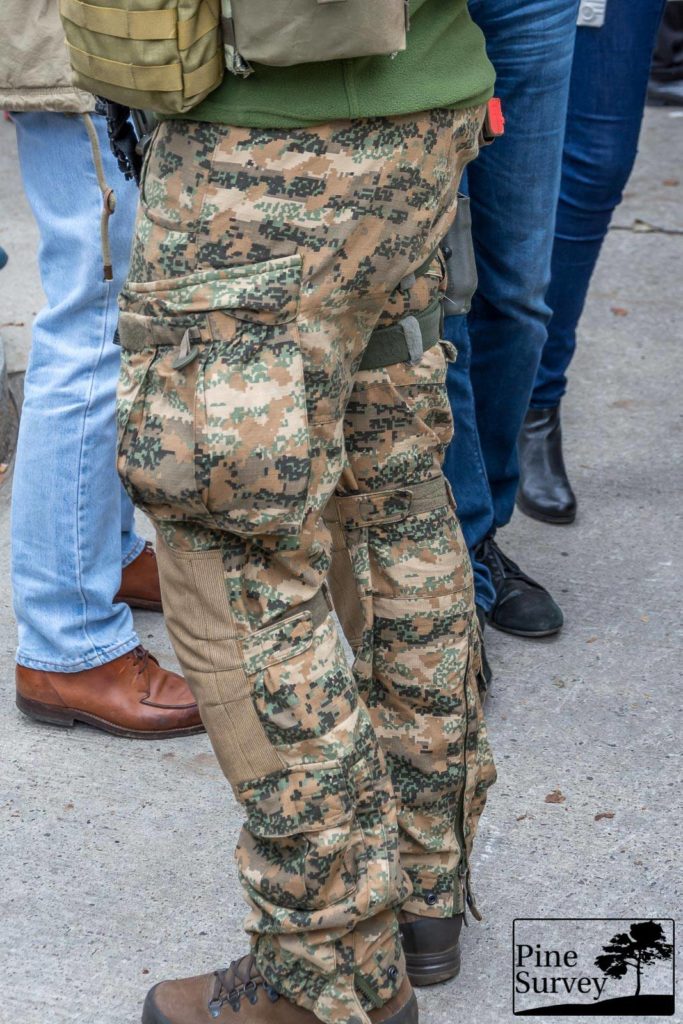
The “Tarndruck SEK” became the official pattern of the Jagdkommando, although one got the impression they only used it during public appearances as well as some maneuvers in the country. The “Tarndruck Beige” appeared on some public events with them as well.
They later changed to Multicam for several reasons and the “Tarndruck SEK” was retired. Interestingly enough, the “Tarndruck Beige” was used for Austria’s international mission in Lebanon, with the UNIFIL troops,however, replacing the solid color sand/tan uniforms used until then.
Coming back to the new fleck pattern. The pixelated camouflage was the basis for the development of the TN17/20. In discussions with other camouflage developers, we came to the conclusion that the pixelated pattern was vectorized/put through a filter, in order to transform the pixels into spots. This was confirmed to me by the people responsible for the development, so these educated guesses proved to be right.
Last but not least the colors. The desert patterns consist of only 4 colors instead of the 6 colors of the TN17/20. They are the same with the exception of the background color, which is a lighter sand/tan tone in the pixelated version. Also, the new Tarnanzug Beige features the same background color as the TN17/20. This has the trivial reason of being able to use the same base fabric. It has the added benefit of making both patterns match better.
Specs and Features of the newly fielded Tarnanzug Beige
The uniforms are made of 100% cotton ripstop material, which gives them much better breathing and moisture wicking properties. Another side effect is that the “no melt no drip” capabilities will be superior to regular 50/50 NyCo or 67/33 PolyCo, as the heavy lifting of the “no dripping” is done by the properties of the cotton fibers.
Adding to that the material is treated with vector protection, using permethrin to keep insects away. Other than that the features are the same as with the regular uniform, which has been in service for the last couple of years.
Just like the TN17/20, special care was taken to make the pattern work efficiently under IR. The remission values are excellent and the pattern elements are working in the NIR spectrum, with the dark macro elements providing a strong silhouette disruption.
Other uniform pieces are being fielded as well. The heavy field jacket (read about it here), which contrary to the desert uniform is made of the standard PolyCo fabric; a combat shirt; a short sleeved shirt with a lighter, moisture wicking fabric; field cap and boonie. I will do separate articles on some those, with the exception of the combat shirt.
Last but not least, the “Tarnanzug Beige” is already in service. Contrary to the big media events of the TN17/20, the desert variant was fielded to the UNIFIL troops without any big fuzz.
Names, designations, military nomenclature of the Tarnanzug
You might have already noticed that the names and designations of the camouflage patterns are improvised – not only from my side, but also from the official military side. There is no official name for the new camouflage pattern, even though there were some names used by high ranking officials, who fell victim to bad research and rash decisions of their staff in order to be sound appealing.
After speaking with the Heeresbekleidungsanstalt (HBA) – the Army’s department for everything concerning gear and apparel – I learned that there are NO official names for the pattern yet, other than practical military nomenclature used by the administration. So, no fancy and cool names, just designations as:
- “Tarnanzug” for the regular semi-arid/universal camouflage pattern (which is called TN17/20 by me). This is how it is called in the field manual as distinction to the solid RAL7013 uniform.
- “Tarnanzug Beige, pixel” for the pixelated desert camouflage, which was also called “Tarndruck Beige” in previous publications of the HBA.
- “Tarnanzug SEK”, which is the Jagdkommando’s semi-arid, pixelated camouflage pattern.
To spare you Google Translate: Tarnanzug is German for Camouflage Suit/Dress; and Tarndruck is simply Camouflage print. It is as trivial as that.
Differences between the two desert camouflage patterns
Of course the most obvious difference is pixelated vs. fleck pattern. Other than that one can see that the major macro, midi and midi elements are very similar. From a certain distance, you cannot even make up a difference, other that the lighter base color of the pixelated pattern. And this is actually the second distinguishing factor besides the pixel/fleck difference. As already mentioned above, the base color was changed to a darker, more yellowish tint, which is also the same one as in the TN17/20.
When looking at the pictures, one can see that the overall appearance feels “warmer” in its colors. Now with the seemingly small differences, one might ask, why change to a new pattern anyway. Well, it isn’t called uniform for no reason. Uniformity and corporate identity is an important factor for all militaries. And in case the desert uniform has to be mixed with the upcoming camouflage gear in TN17/20, the patterns will match better.
Impressions of the Tarnanzug Beige – pixelated and fleck
Tarnanzug Beige – pixelated version: as always in 35mm focal length to mimic human vision and 16mm focal length to simulate distance.
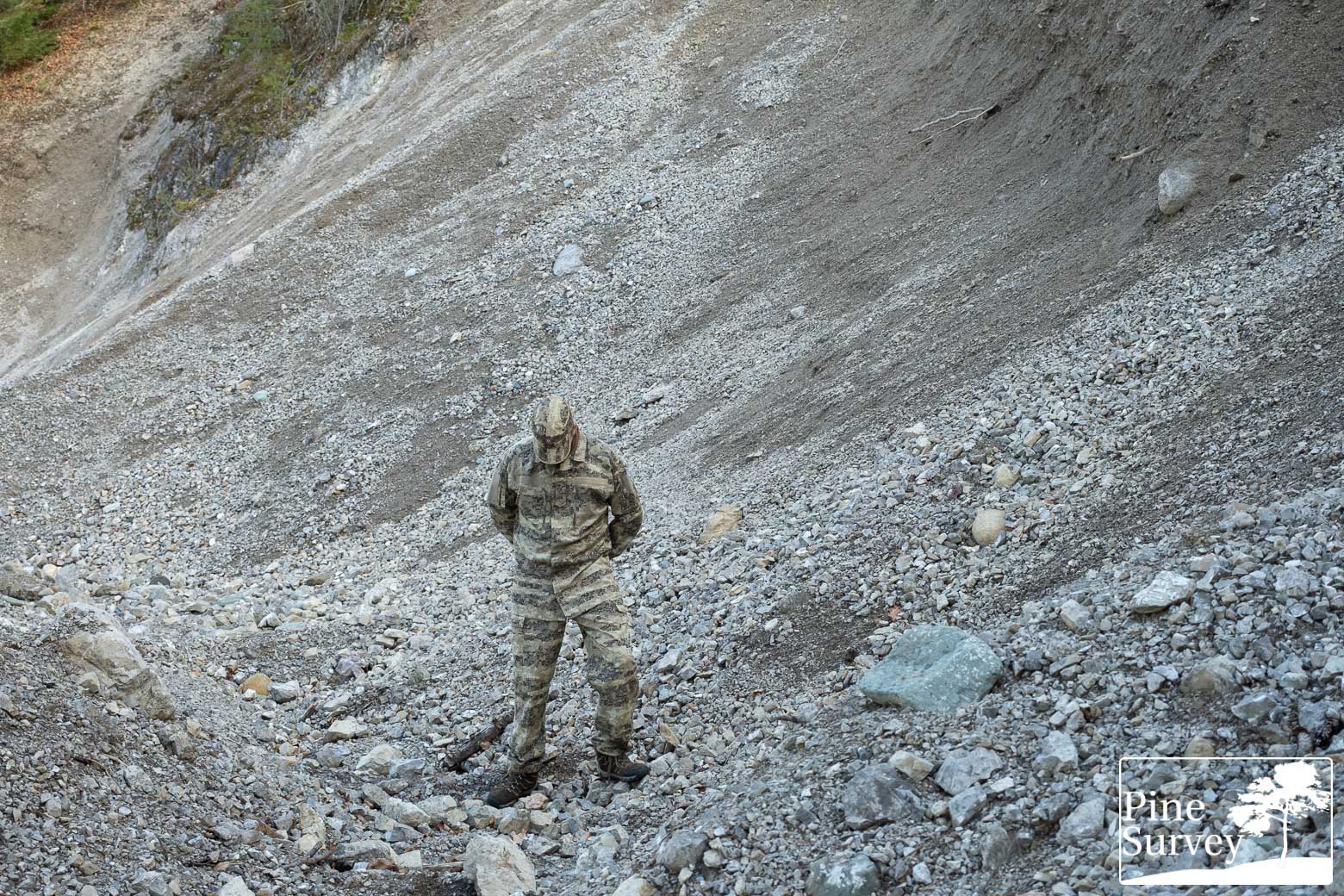
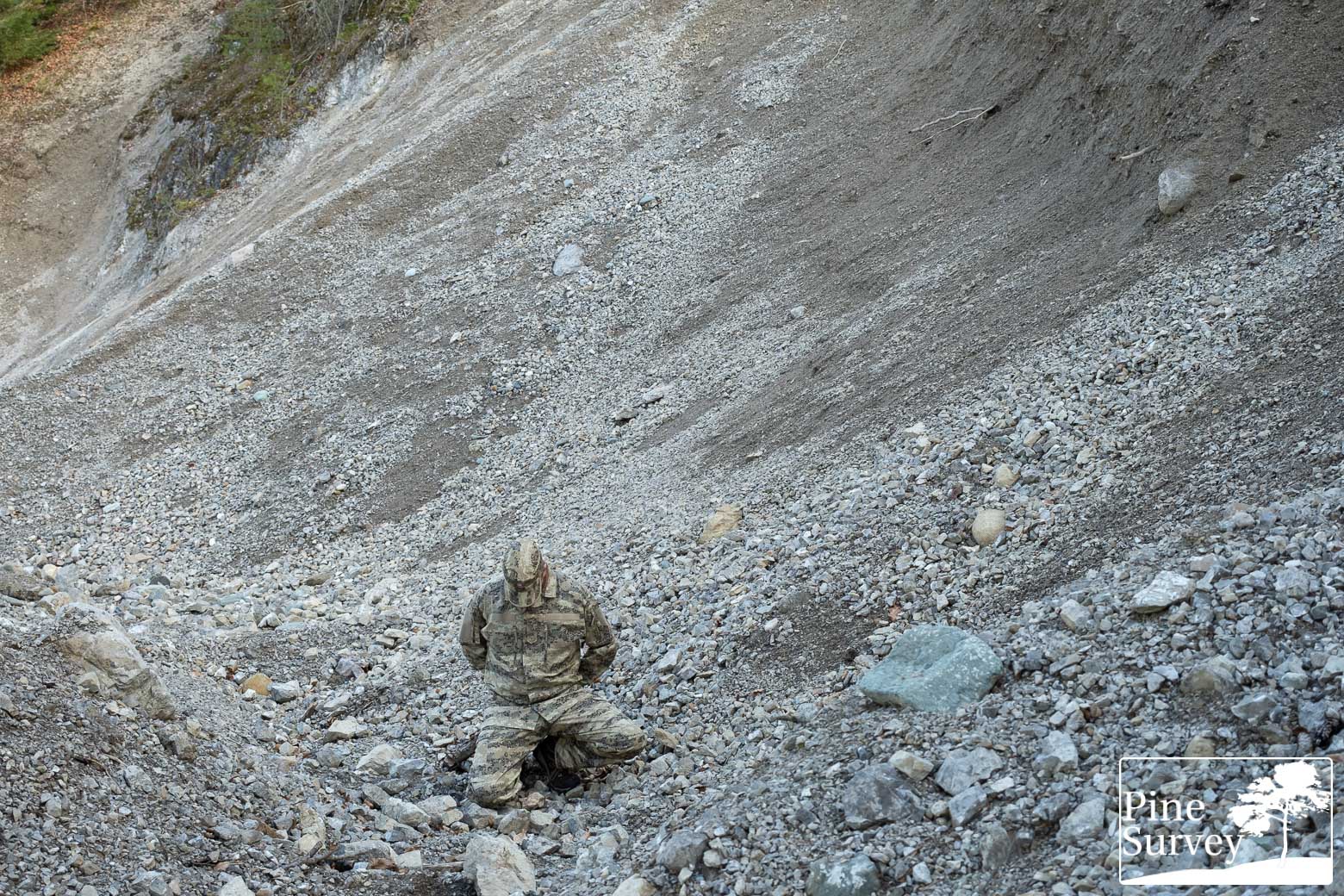
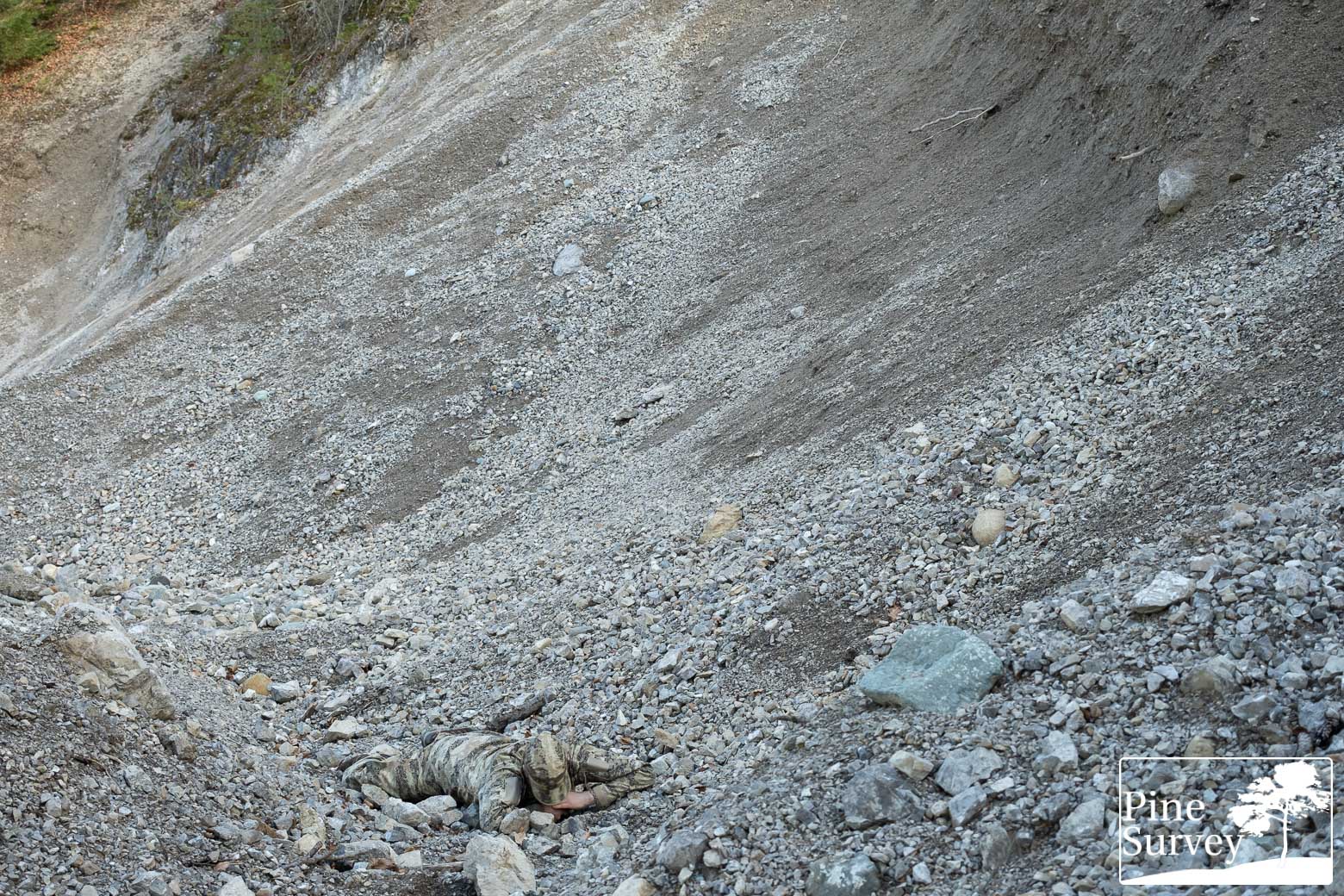
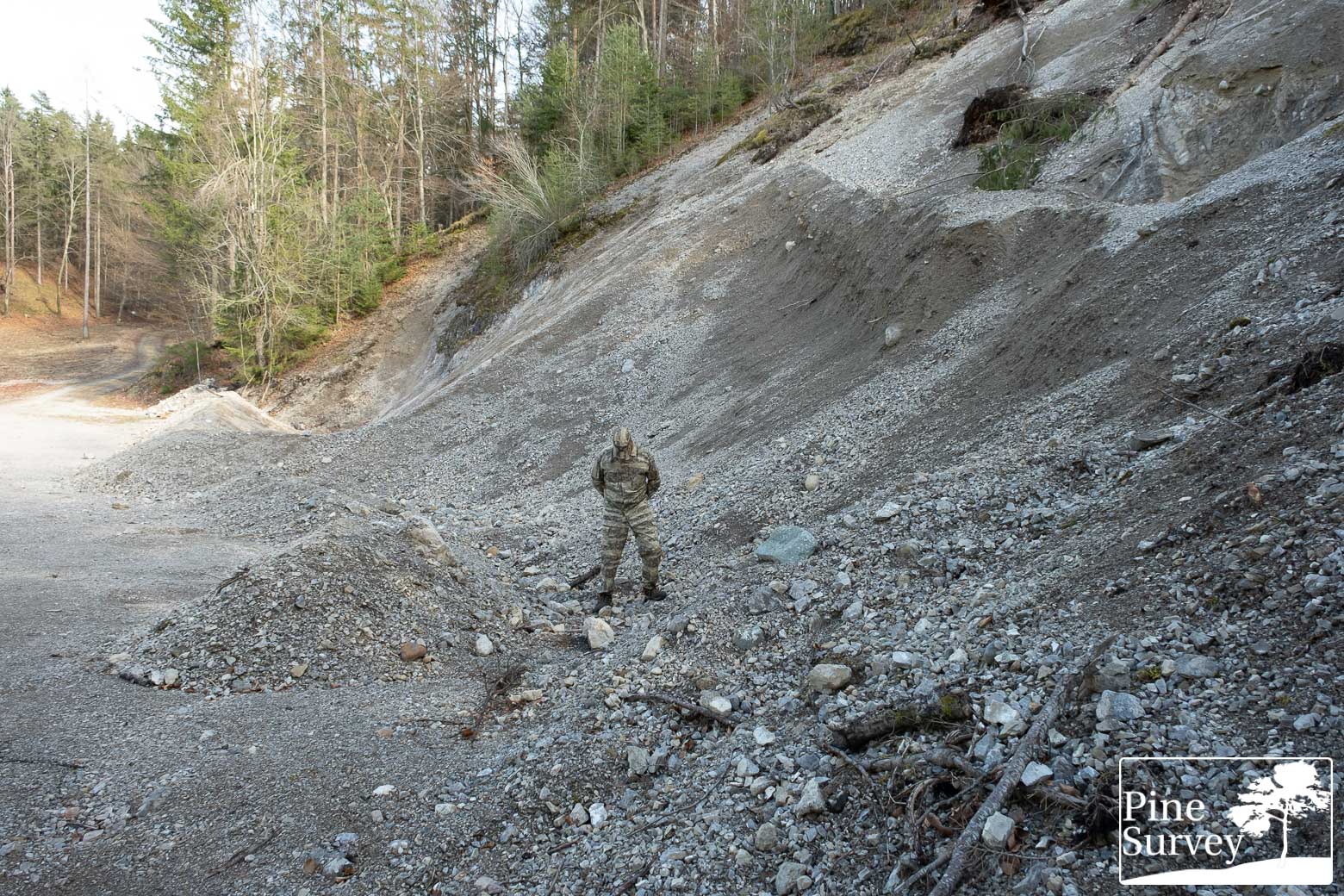
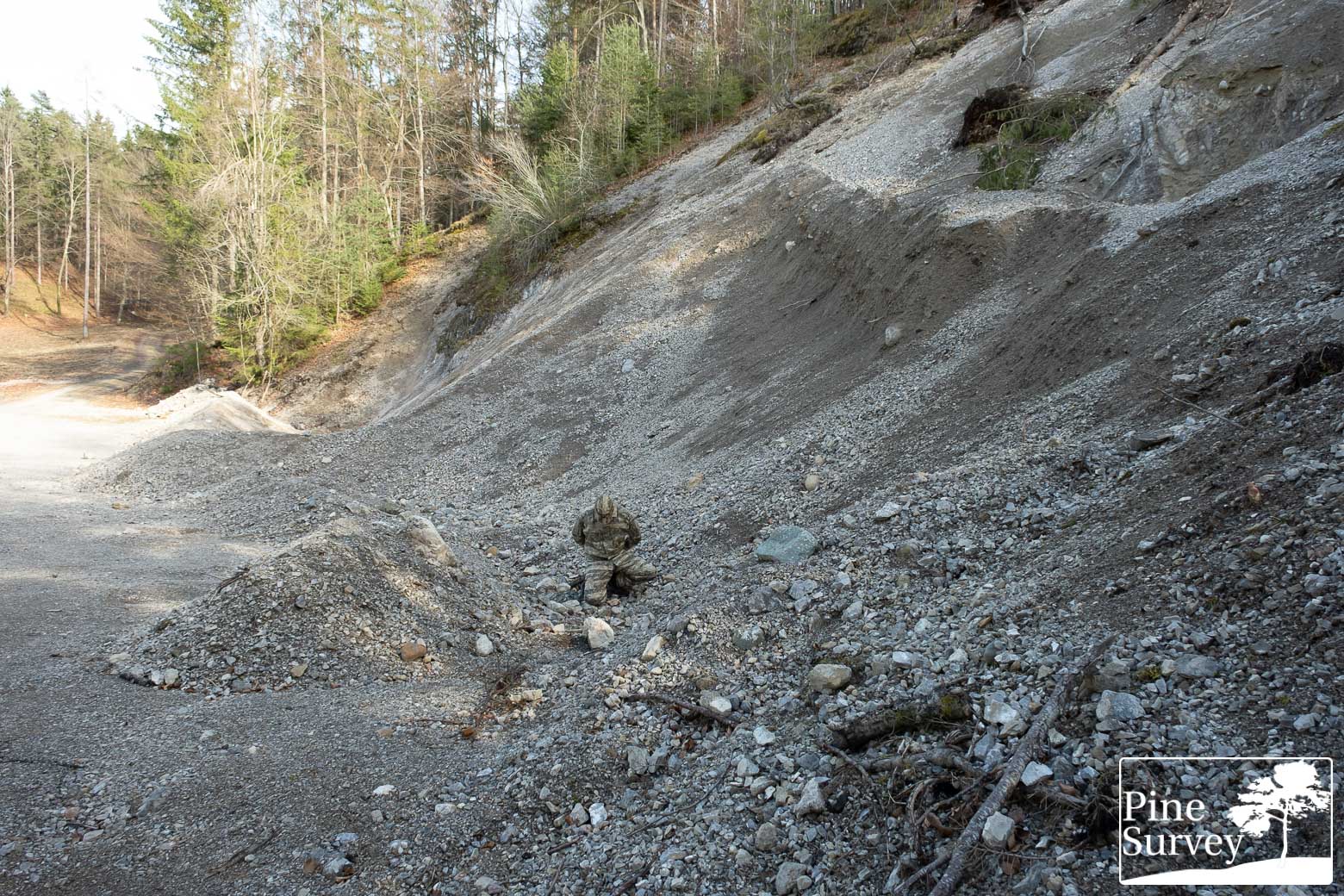
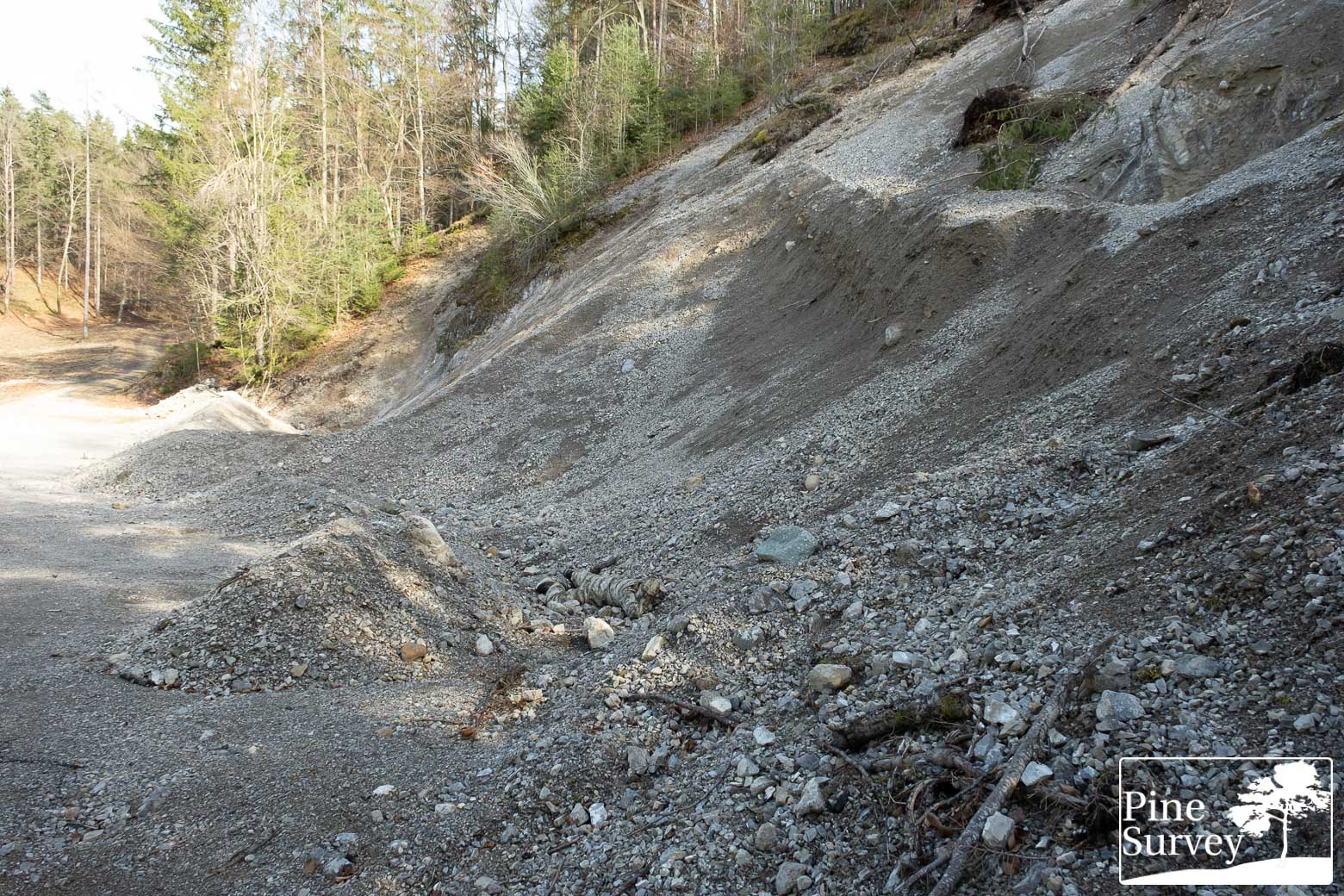
Tarnanzug beige – new fleck version: 35mm and 16mm as above
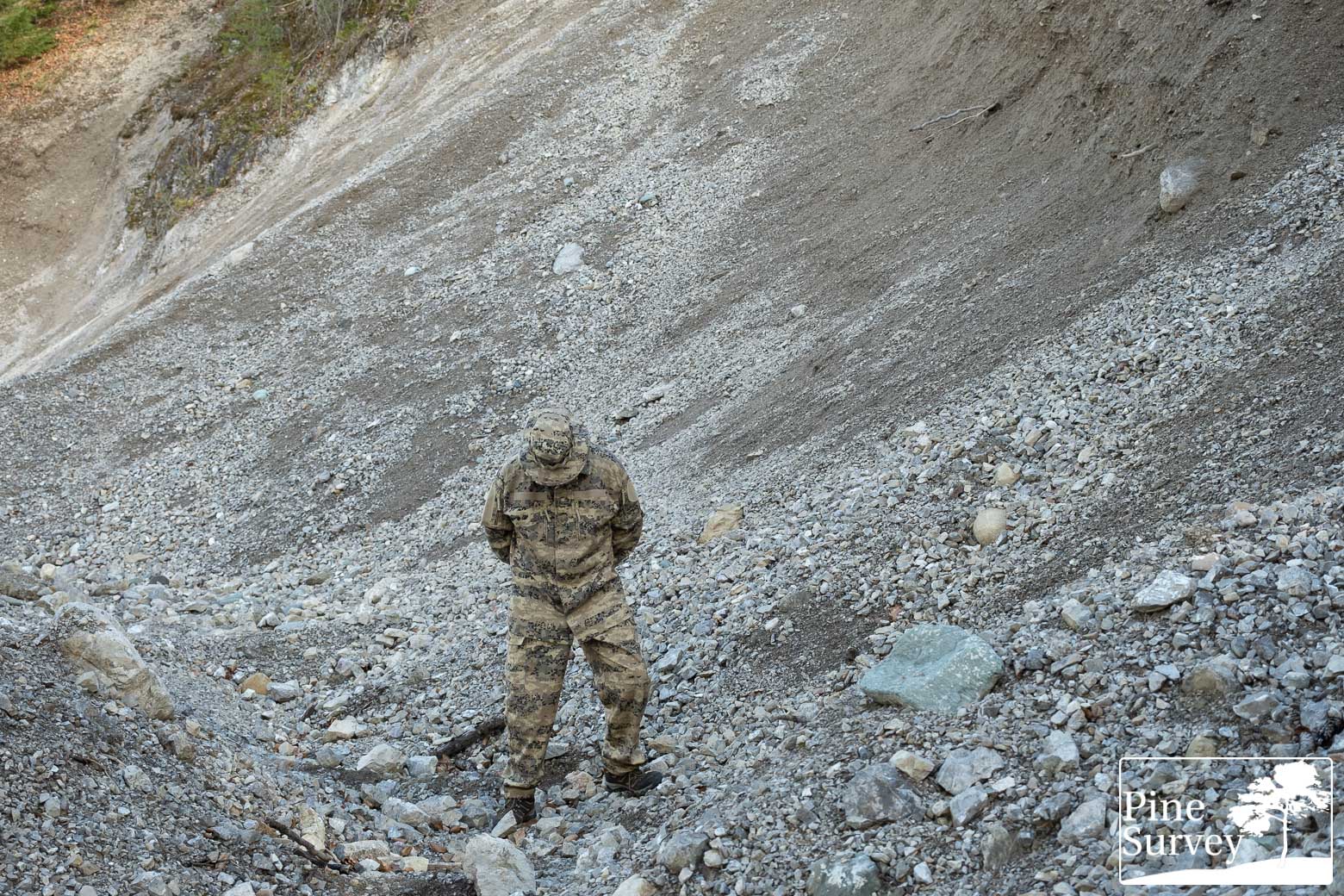

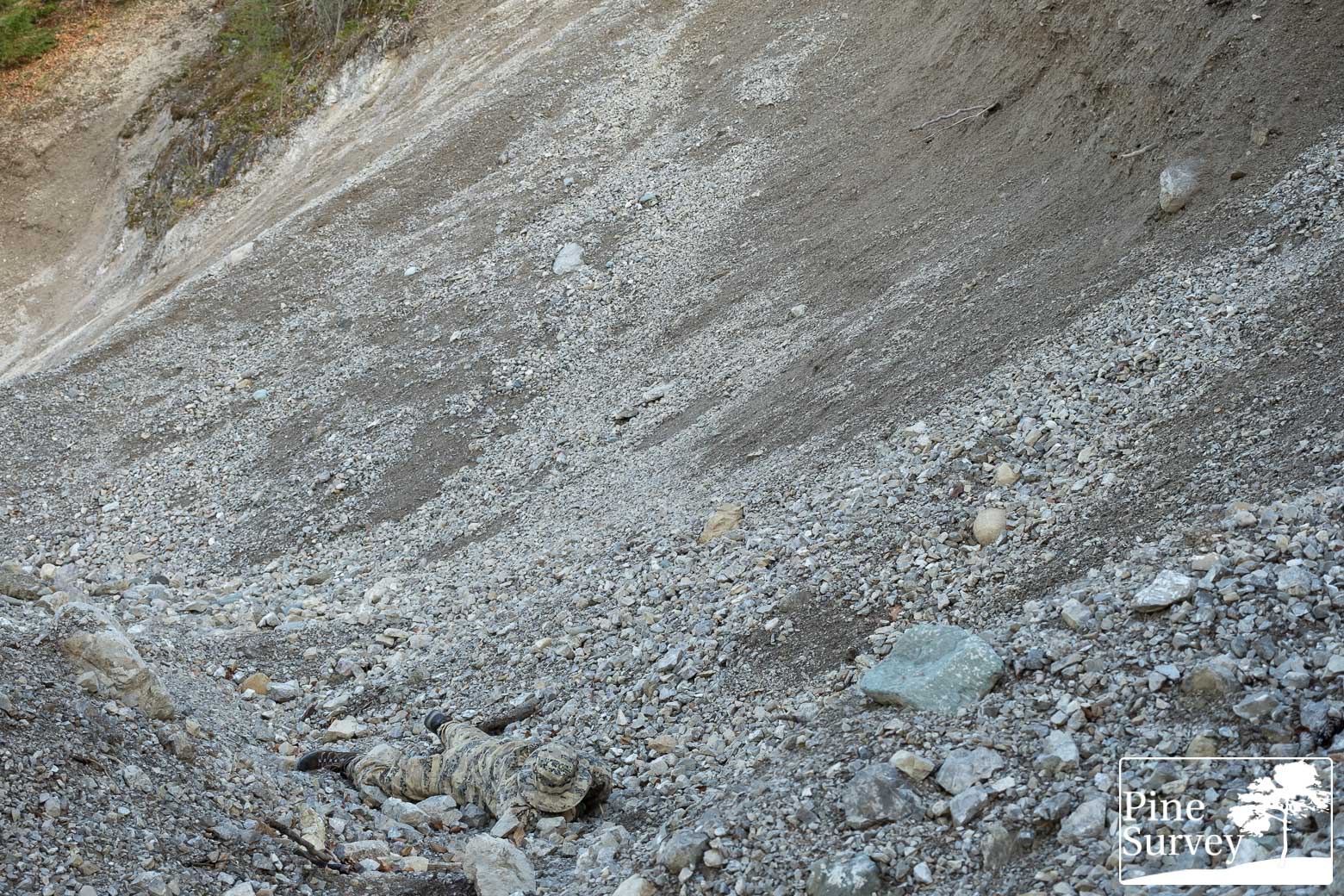
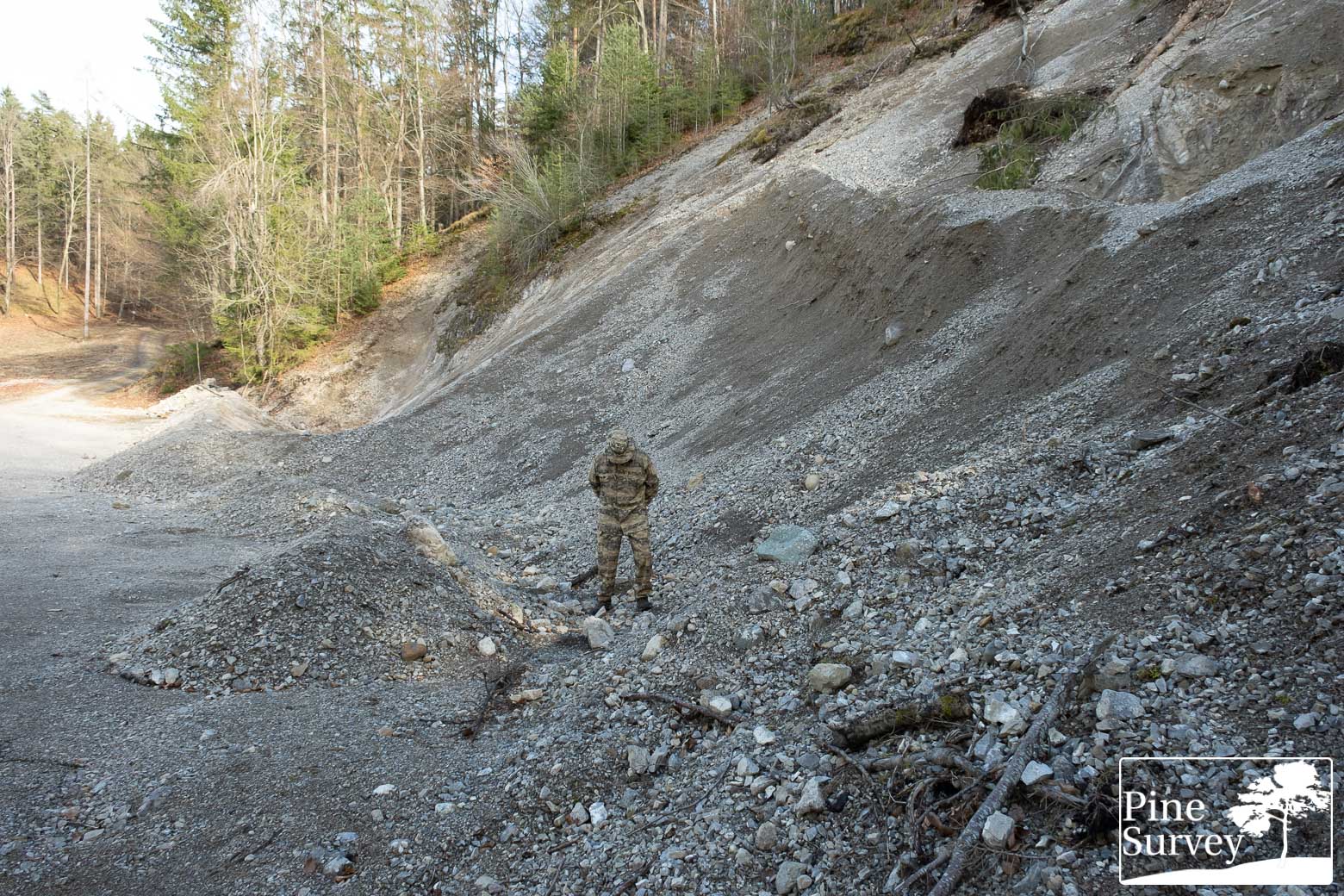


Adding to these impressions I will also add two basic „fabric on the ground“ pictures for comparions.
Conclusion
With the “Tarnanzug Beige” Austria is adding another camouflage pattern to the Tarnanzug Neu system, consolidating not only the fielded camouflage patterns to one specific camouflage family, but also introducing improvements to the uniforms and adding new items.
While the overall appearance and effectiveness might look very similar, changes are noticeable nevertheless. With summer fast approaching, I will take both patterns through a more thorough field test in various environments.
I hope I was able to provide you with some insight and more exclusive pictures of the patterns. Many thanks to the Austrian Ministry of Defense for the opportunity, and all the interesting discussions with the people involved!
Until next time! Take care

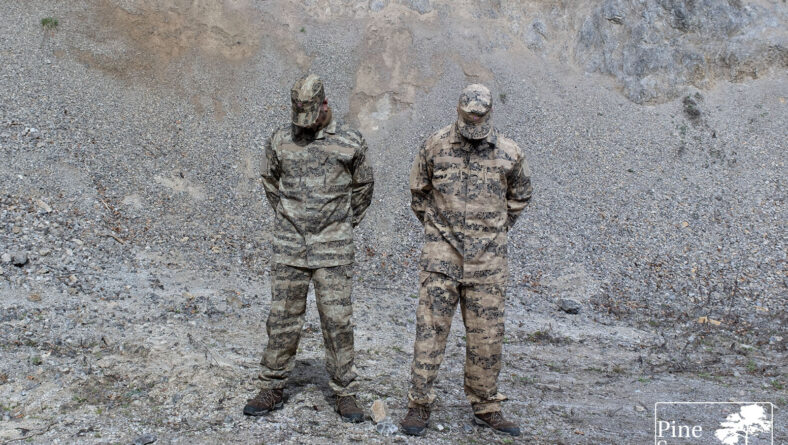
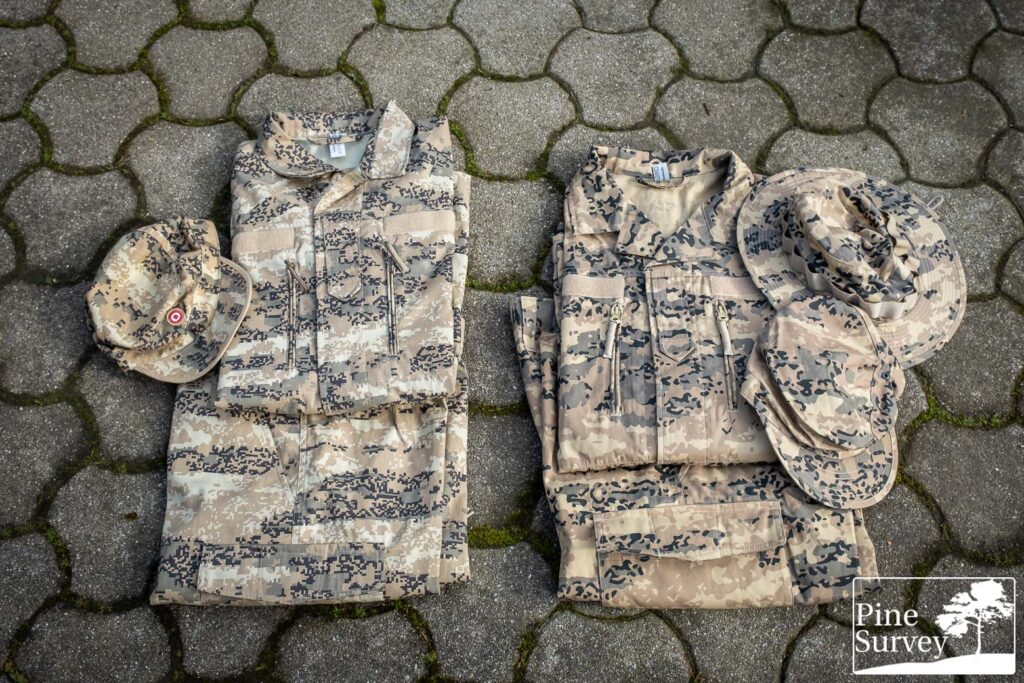
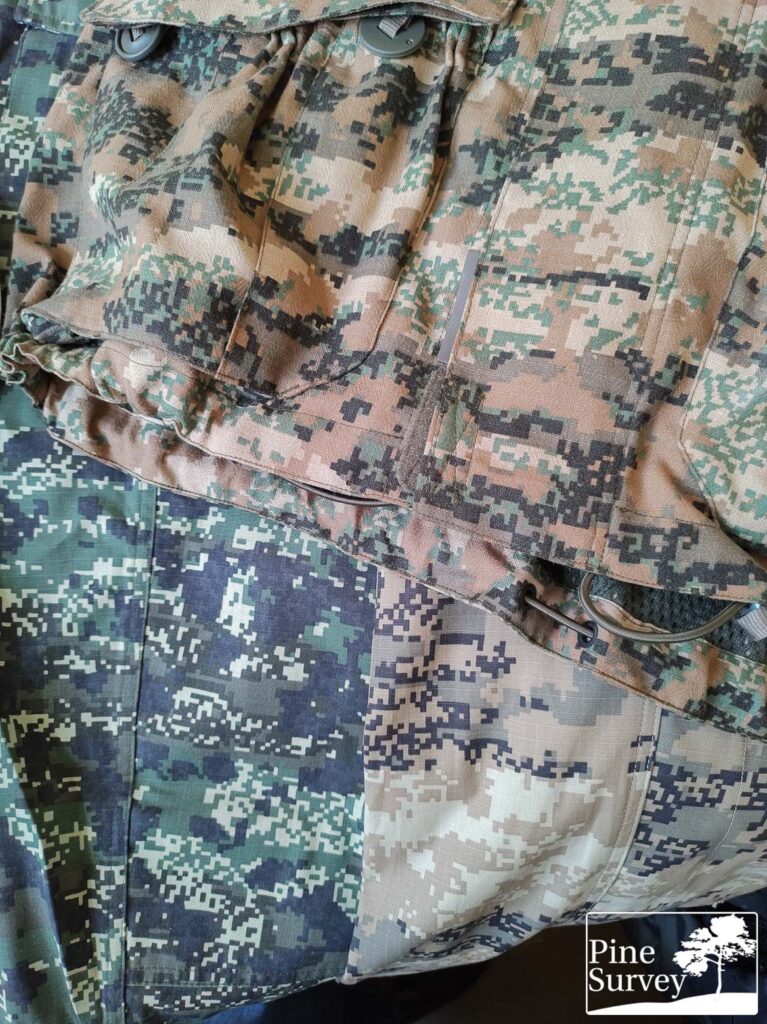
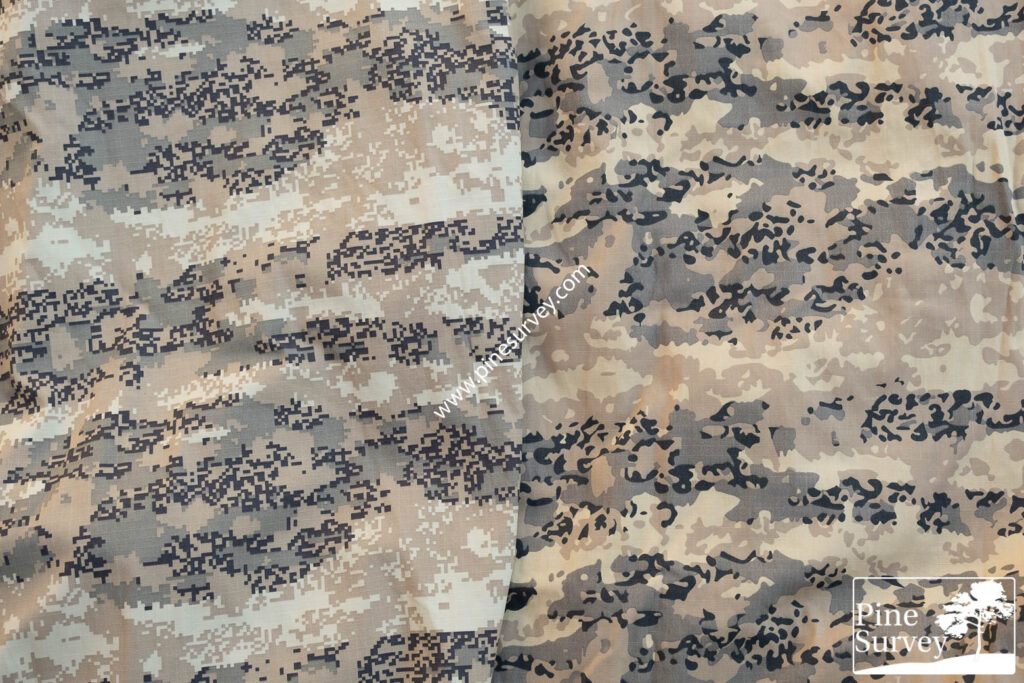

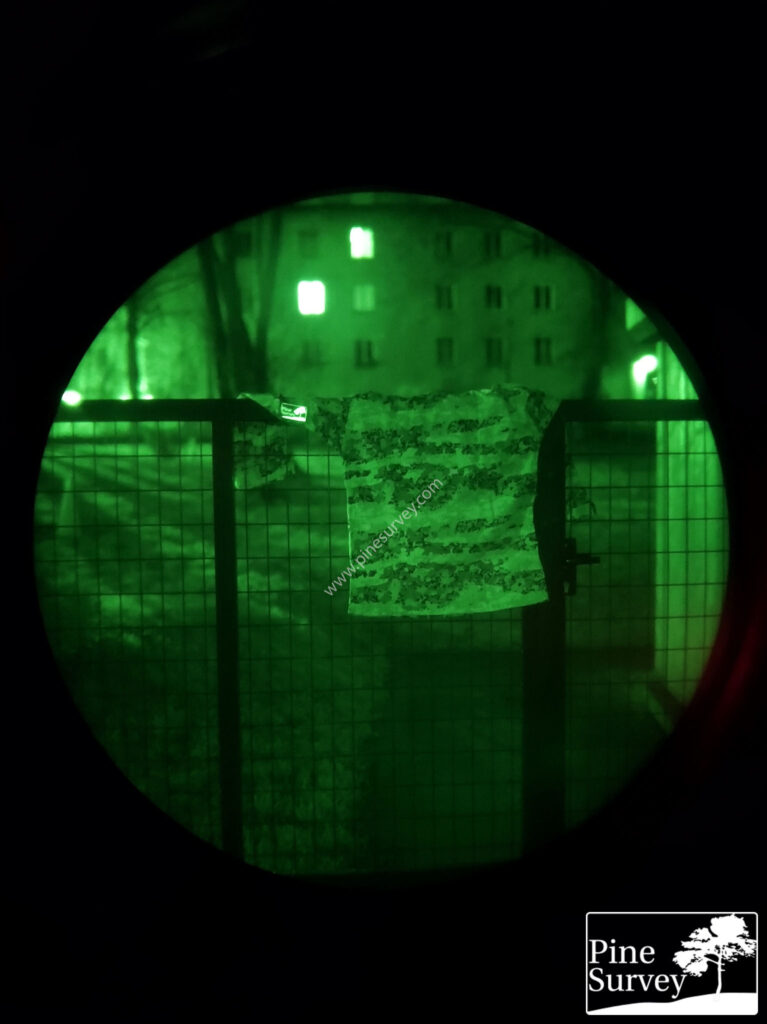
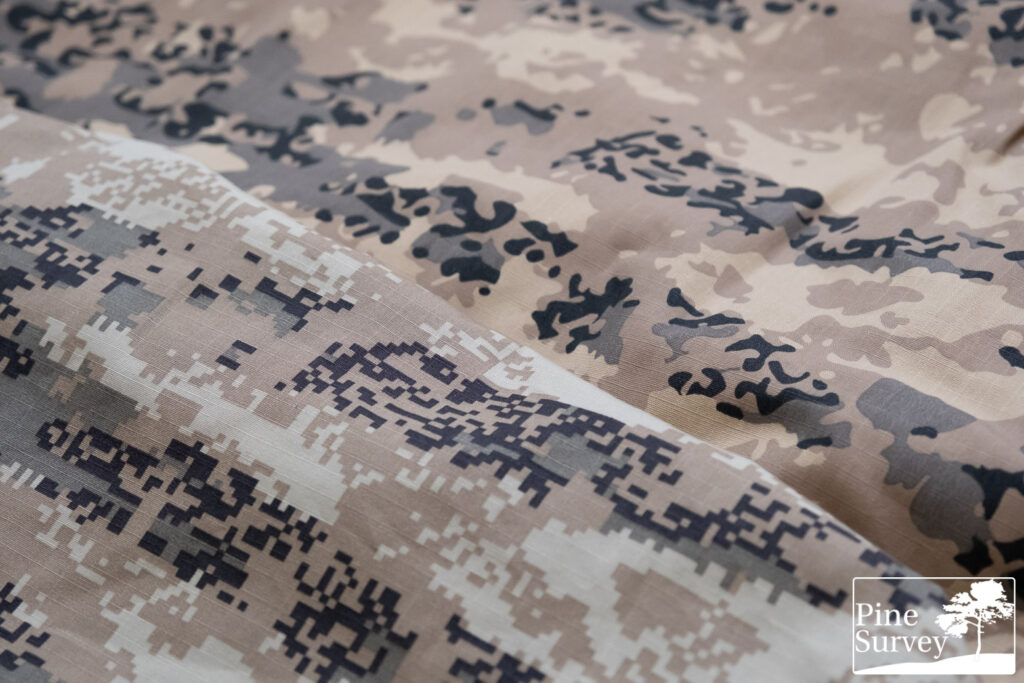
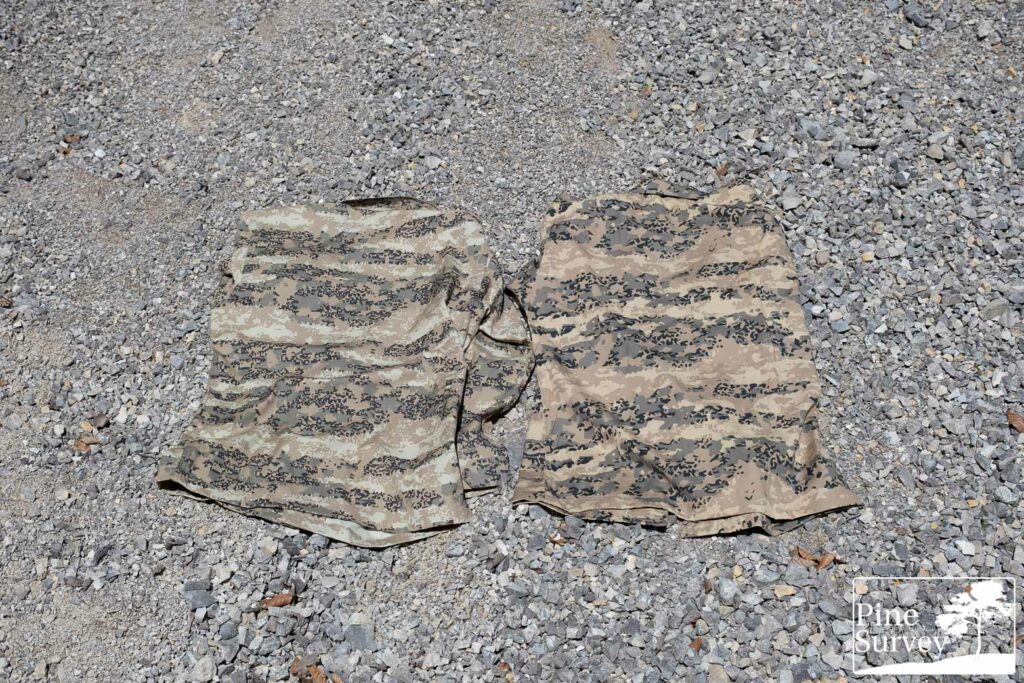

No Comment
You can post first response comment.